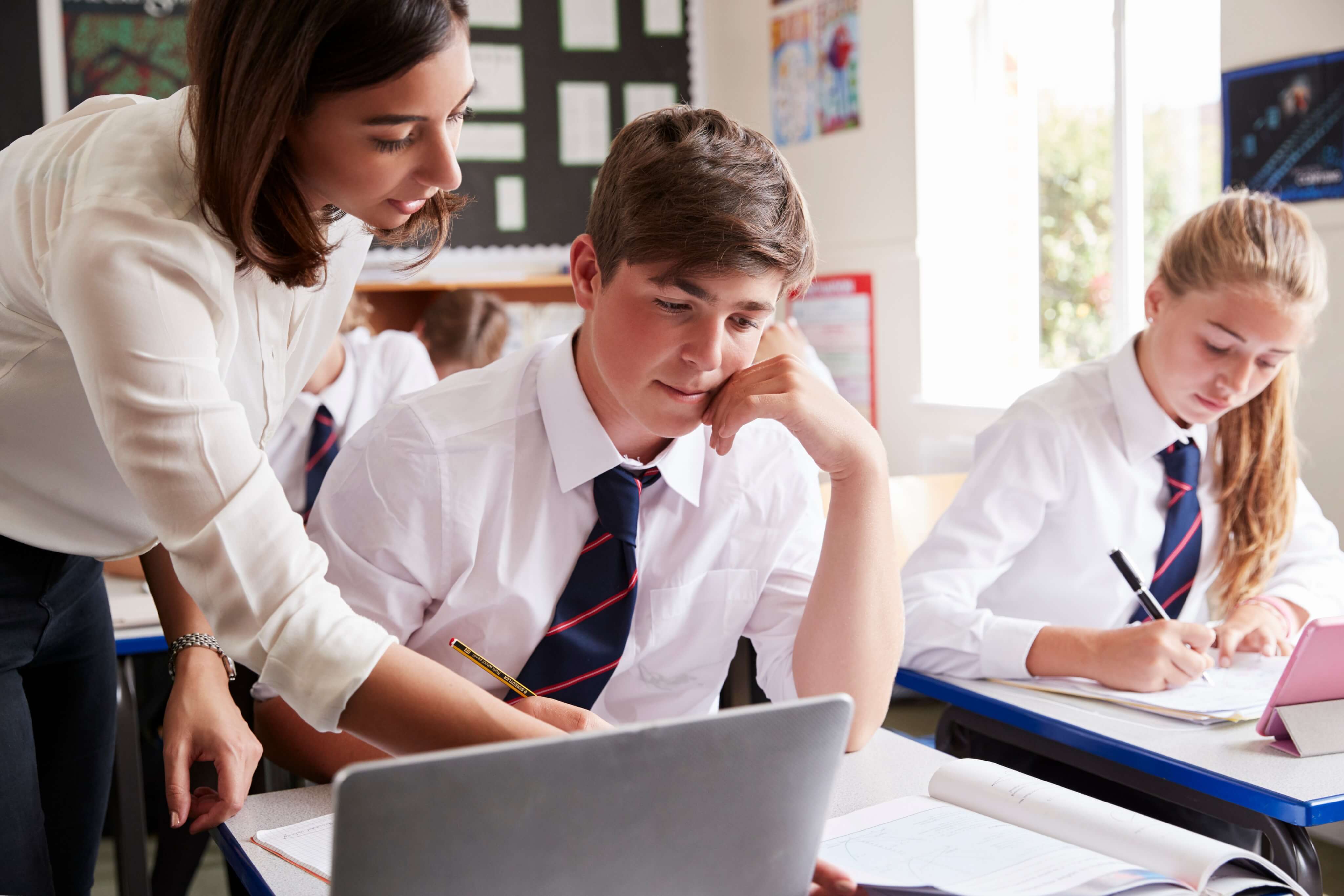-Video-_-Facebook-—-Mozilla-Firefox.png)


Most parents recognise that providing effective feedback to learners about performance is essential to refining skills and reinforcing learning. Good coaches and teachers recognise that it is equally important to address what a student is doing well, as it is to reinforce what she or he is doing well. Effective feedback was ranked in the top ten teaching learning strategies by effect size by researcher John Hattie (2012).
Effective feedback requires teachers to be alert to both learner behaviours and ready to respond in the most appropriate manner. Most effective teachers have moved well beyond behaviourist models of punishment and reward and towards more constructivist models of targeted feedback. This requires developing within the learner a sense of personal agency and the development of a growth mindset.
As University of South Australia academic, Anna Sullivan, drawing on recent research, claimed: Teachers seem to realise that threats and actions that remove students from their learning do not always work. This is supported by an emerging body of international research. The evidence clearly shows that relying on punitive approaches to managing behaviour, such as putting students in time-out, are not effective at fixing the problem. In fact, they exacerbate it over time (2015).
Instead, teachers understand that learning occurs best when teacher and learners work together to create respectful relationships which educate students about how, why, and when certain behaviours are appropriate. This will support students to become successful, independent learners, and citizens. Encouraging risk-taking is important and improves students’ learning. This is best achieved, as argued by QUT professor Rebecca English, when the focus is upon:
Helping children learn to manage themselves, their feelings, their behaviour, and their impulses. We want our children to develop a sound moral compass, to sort behaviours, impulses, and feelings into “appropriate” and “inappropriate” and be able to justify judgements about their choices (2015).
John Hattie argued that effective feedback should have moved beyond the traditional comment on the self (for example statements such as: “You have done that very well”) and instead include a specific focus on task, process, and self -regulation as well. Truly effective feedback is targeted feedback. That is, it must explicitly identify the element in the task done well (or poorly), comment explicitly on areas of process to be continued (or not repeated), and ensure the learner knows what to do next or again to attain success or improve performance. This final phase aims to develop learner self-regulation. It explicitly directs learners to the type of internal metacognitive monologue they need to have to reach success. Of course, this level is probably inappropriate to a novice on their initial attempt. Effective feedback should be targeted to learners’ level of skill or expertise. A novice requires feedback at task level – about the basics. This would be an instructional fit for feedback.
Research on gifted and talented learners also warns of the dangers of equating student success with student ability (for example statements such as; 100%! Wow you are so smart!). Given what cognitive psychologists now know about neural plasticity, concepts such as IQ and ‘smart’ are now being replaced by a recognition that the capacity to learn is malleable and that the best driver of success in not an inbuilt predisposition, but a positive growth mindset. Dr Carol Dweck spent over 30 years researching why some learners showed greater resilience to failure than others. Her conclusions are startling in their simplicity: ‘When students believe they can get smarter, they understand that effort makes them stronger. Therefore, they put in extra time and effort, and that leads to higher achievement.” (Mindset, 2017)
The message from this research is clear. Effective feedback is aimed at creating a growth mindset and using targeted feedback and a focus on sustained effort to refine and tune behaviours. It is effective to praise a student who has used effective strategies and tried their best. A side effect of this attention is an increase in feelings of pride and pleasure.
Research into effective workplaces suggests that people will behave in positive ways in their workplace when they feel happy. Learners need to feel valued. We can ensure learners feel valued by explicitly engaging them to work with us in the task of taking control over their learning. Targeted feedback and focus on the growth mindset are the key…
By Sue Burvill-Shaw
Interested in reading further?
Caine R. & Caine, G. (2017). 12 Brain/Mind Natural Learning Principles, accessed February 1, 2019. https://www.education.sa.gov.au/sites/g/files/net691/f/12_brain_mind_natural_learning_principles.pdf
English, R. (2015). How to Discipline your children without rewards or punishment, The Conversation, accessed February 1, 2019. https://theconversation.com/how-to-discipline-your-children-without-rewards-or-punishment-39178
Hattie, J., February 28th, 2012. “Visible Learning Presentation to teachers.” Personal lecture notes of Sue Burvill-Shaw, see also https://visible-learning.org/2013/10/john-hattie-article-about-feedback-in-schools
Mindset, (2017). Dr. Dweck’s discovery of fixed and growth mindsets have shaped our understanding of learning, accessed February 1, 2019. https://www.mindsetworks.com/science
Sulivan, A. (2015). How Teachers are taught to discipline might not be best, The Conversation, accessed February 1, 2019. https://theconversation.com/how-teachers-are-taught-to-discipline-a-classroom-might-not-be-the-best-way-34860